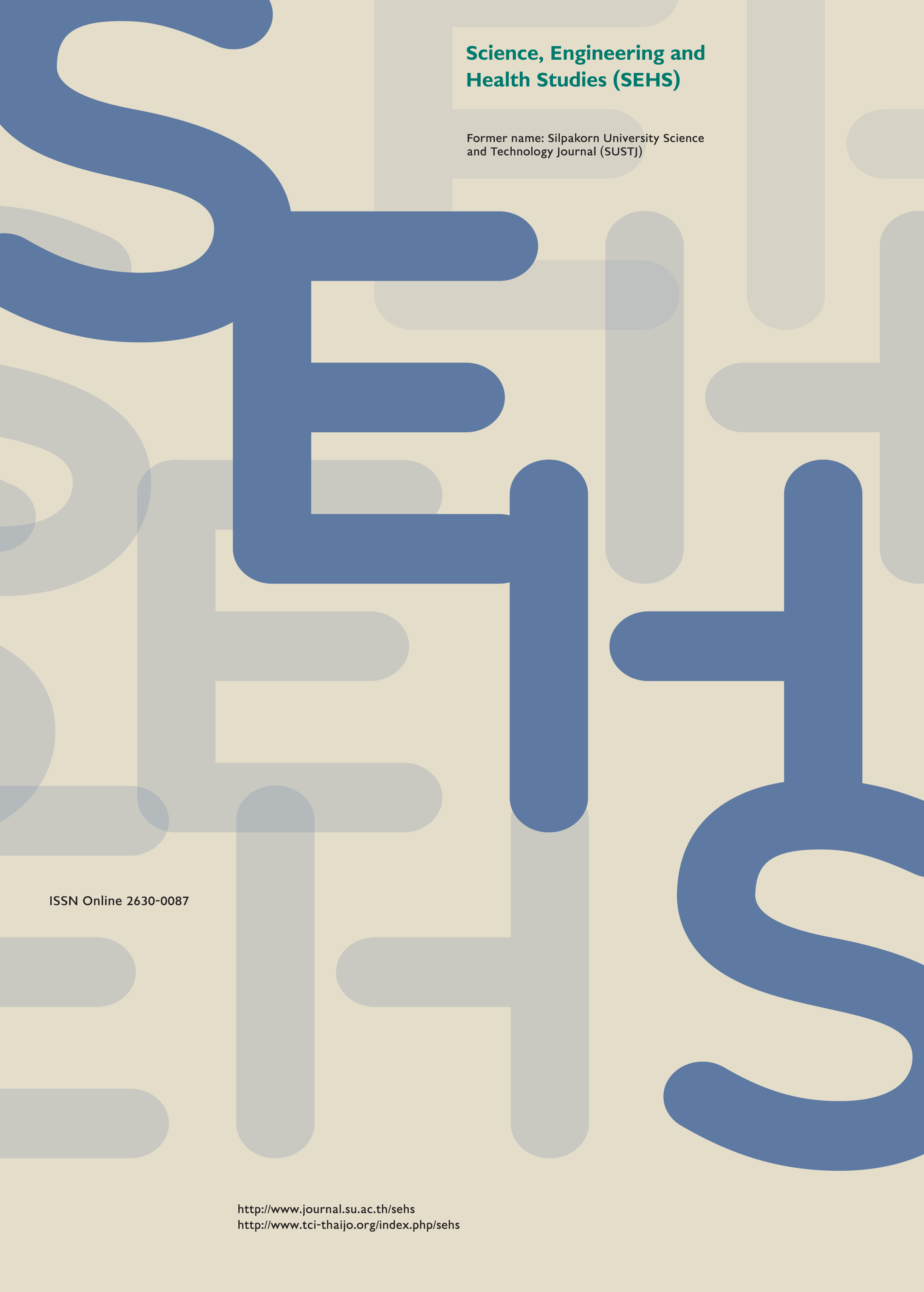Protective effects of ethanolic extract of Piper cubeba L. on D-galactose induced neuronal lipofuscinogenesis in albino rats
Main Article Content
Abstract
Lipofuscin accumulation has been implicated in post-mitotic cell aging and neurodegenerative diseases like dementia and Alzheimer’s. The most characteristic feature of lipofuscin granules is auto-fluorescence. Many allopathic agents are available for treatment of dementia but having limited use. In the present study, the ethanolic extract of fruits of Piper cubeba L. belonging to family Piperaceae was evaluated for biochemical and histochemical changes of lipofuscin granules in the hippocampus region of albino rats against D-galactose induced neuronal lipofuscinogenesis. The results of the present study revealed that, dose 400 mg/kg, p.o. of plant extract significantly (P < 0.001) decreases lipofuscin fluorescence from the hippocampus region of albino rats when compared with D-galactose treated group. The histochemical observations showed increased accumulation of lipofuscin granules in D-galactose treated group animals whereas Piper cubeba co-treated group showed a decreased number of lipofuscin granules in hippocampus region of brain. A reference drug Piracetam 400 mg/kg, i.p. treated group animals also exhibited decreased accumulation of lipofuscin granules. Thus, protective effect of ethanolic extract of Piper cubeba on D-galactose induced neuronal lipofuscinogenesis may be due to presence of lignans like cubebin, hinokinin, yatein, isoyatein and their antioxidant property.
Downloads
Article Details
References
Choi, E. M., and Hwang, J. K. (2005). Effect of some medicinal plants on plasma antioxidant system and lipid levels in rats. Phytotherapy Research, 19(5), 382-386.
Deshmukh, A. A., Gajare, K. A., and Pillai, M. M. (2006). Effect of D-galactose on lipofuscinogenesis in the brain of female albino mice. Journal of Cell Tissue Research, 6(1), 647-650.
Deshmukh, A. A., Gajare, K. A., and Pillai, M. M. (2007). Neuroprotective effect of Bacopa monniera L. extract on lipofuscinogenesis and fluorescence product in brain of D-galactose induced ageing accelerated mice. Journal of Cell and Tissue Research, 7(1), 997-1002.
Dillard, C. J., and Tappel, A. L. (1971). Fluorescent products of lipid peroxidation of mitochondria and microsomes. Lipids, 6(10), 715-721.
Elfahmi, R. K., and Batterman, S. (2007). Lignan profile of Piper cubeba, an Indonesian medicinal plant. Biochemical Systematics and Ecology, 35(7), 397-402.
Januario, A. H., Rodrigues, F. R., and Pietro, R. C. (2002). Antimycobacterial physalins from Physalis angulata L. (Solanaceae). Phytotherapy Research, 16(5), 445-448.
Milind, P., and Bansal, N. (2010). Antiamnesicactivity of an Ayurvedic formulation Chyawanprashin mice. eCAM, 1-10.
Muchandi, A. A., and Dhawale, S. C. (2017). Pharmacognostic evaluation and free radical scavenging activity of ethanolic extract of Piper cubeba fruits. Asian Journal of Phytomedicine and Clinical Research, 5(2), 42-52.
Karthikeyan, J., and Rani, P. (2003). Enzymatic and non-enzymatic antioxidants in selected Piper species. Indian Journal of Experimental Biology, 4, 135-140.
Mullarkey C. J., Edelstein, D., and Brownlee, M. (1990). Free radical generation by earlyglycation products: a mechanism for accelerated atherogenesis in diabetes. Biochemical and Biophysical Research Communications, 173, 932-939.
Nakano, M., Mizuno, T., Katoh, H., and Gotoh, S. (1989). Age-related accumulation of lipofuscin in myocardium of Japanese monkey (Macacafuscata). Mechanisms of Aging and Development, 49, 41-48.
Nussbaum, R. L., and Ellis, C. E. (2003). Alzheimer’s disease and Parkinson’s disease. The New England Journal of Medicine, 348(14), 1356-1364.
Panda, S., and Kar, A. (1997). Evidence of freeradical scavenging activity of Ashwagandha root powder. Indian Journal of Physiology and Pharmacology, 41(4), 424-426.
Prince, M., Albanese, E., Guerchet, M., and Prina, M. (2014). World Alzheimer’s Report 2014: Dementia and Risk Reduction. [Online URL:www.alz.co.uk/research/WorldAlzheimerReport2014.pdf] assessed on September 2014.
Russo, A., Izzo, A., Cardile, V., Borelli, F., and Vanella, A. (2001). Indian medicinal plants as antiradicals and DNA cleavage protectors. Phytomedicine, 8(2), 125-132.
Seif, E. I., Nasr, M., and El Fattah, A. A. (1995). Lipid peroxide, phosphalipids, glutathione levels and superoxide dismutase activity in rat brain after ischemia: Effect of Ginkgo bilobaextract. Pharmacology, 32(5), 272-278.
Shakil, S. S., and Mohammed, G. M. (2016). Effect of methanolic extract of Piper cubeba Linn. fruits on the pharmacodynamics of pioglitazone in alloxan induced diabetic rats. Pharmaceutical Science, 6(2), 47-49.
Song, X., Bao, M., Li, D., & Li, Y. M. (1999). Advanced glycation in D-galactose induced mouse aging model. Mechanisms of Aging and Development, 108(3), 239-251.
Tariot, P. N., Mack, J. L., and Patterson, M. B. (1995). The behavior rating scale for dementia of the consortium to establish a registry for Alzheimer’ disease. American Journal of Psychiatry, 152(9), 1349–1357.
Troyer, H. (1980). Pigments and minerals. In: Principles and Techniques of Histochemistry. Little Brown and Company, Boston, pp.163-171.
Yam, J., Kreuter, M., and Drewe, J. (2008). Pipercubeba targets multiple aspects of the androgen signaling pathway: A potential phytotherapy against prostate cancer growth?. Planta Medicine, 74(1), 33-38.
Zs-Nagy, I. (1978). A membrane hypothesis of aging. Journal of Theorotical Biology, 75, 189-195.

